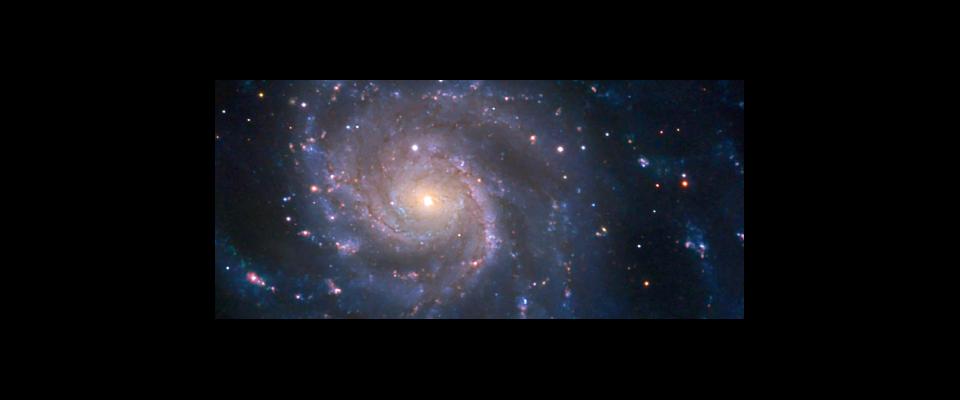Named after Cal’s Nobel-winning cosmologist Saul Perlmutter, Ph.D. ’86, Berkeley’s newest supercomputer was launched in May 2021 by the National Energy Research Scientific Computing Center (NERSC) at the Lawrence Berkeley National Laboratory and hailed as one of the fastest ever. The next month, it ranked fifth on the coveted TOP500 list, the biannual record of the world’s most powerful commercially available supercomputers.
Perlmutter will eventually help generate a 3D map of the universe and create simulations of atomic interactions that probe potential biofuels. It has already joined the fight against COVID-19. Researchers from multiple institutions used Perlmutter, in conjunction with three other supercomputers, to simulate the virus’s replication patterns in hopes of designing better therapies. Their study earned them a Gordon Bell Special Prize nomination, among the highest honors in supercomputing.
Perlmutter is just the latest NERSC supercomputer to take up residence in the Berkeley hills. NERSC, funded by the Department of Energy’s Office of Science, moved from the Lawrence Livermore Lab to the Berkeley Lab in 1996, where the center installed MCurie, considered the most powerful computer for open science in the United States at the time, and, later, Edison. In 2015, Berkeley Lab opened the cutting-edge Shyh Wang Hall, a supercomputing facility that serves more than 7,000 researchers around the world. Perlmutter’s predecessor, Cori, was installed there that same year.
So, what separates Perlmutter from its forerunners? According to NERSC, Perlmutter’s system, which integrates technologies from Hewlett Packard Enterprise and Nvidia, quadruples the computing power previously available, allowing tasks that would have taken months to be completed in a few days. “Perlmutter’s ability to fuse AI and high performance computing will lead to breakthroughs in a broad range of fields from materials science and quantum physics to climate projections, biological research and more,” Nvidia CEO Jensen Huang said in a statement.
Tackling COVID is just the beginning.




















